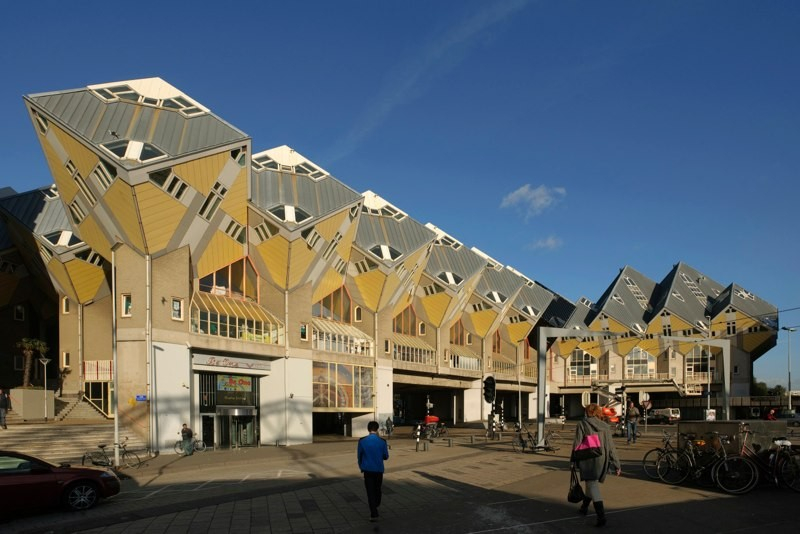Cubism Was One Of The Most Influential Visual Art Styles Of 20th Century

The treatment of visual reality in art was virtually endlessly expanded by cubism. It is regarded as one of the most important art trends since it historically advanced western painting and sculpture toward 20th-century Modern art. Futurism, Suprematism, Dada, Constructivism, De Stijl, and Art Deco are just a few of the movements that Cubism impacted. It later sparked parallel trends in both literature and architecture. Numerous contemporary artists continue to draw inspiration from cubism in their work, which still incorporates its stylistic and theoretical elements.
By creating a new method of visual composition, cubism will permanently alter how paint and graphic design are made. It served as the foundation for artistic and design experimentation that elevated visual space and abstract geometry to a higher plane of expression. Cubist art demonstrates the abstract character of objects by dissecting, disassembling, and reassembling them. To convey the topic in a wider context rather than from just one particular standpoint, a variety of points of view are shown. Cubism has a significant cultural impact despite its wide range of effects.











